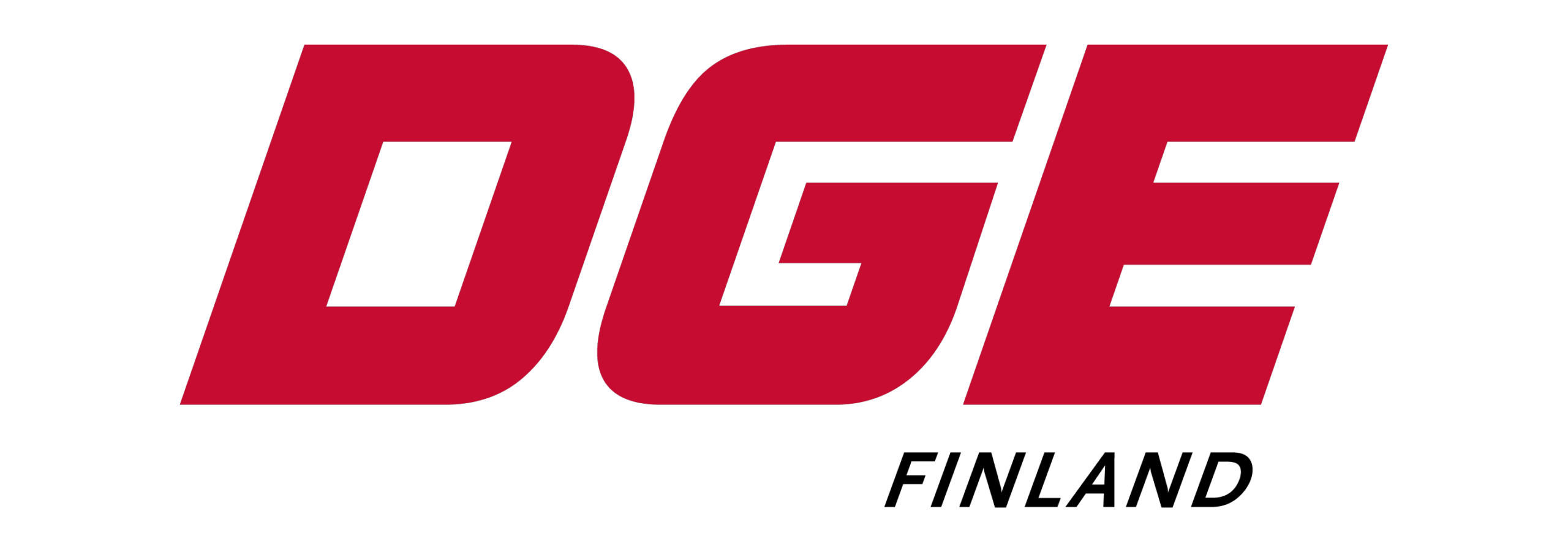Greenhouse Gas Protocol (GHGP)
Our Service Areas
Corporate Sustainability & ESG
Comprehensive Reporting of Greenhouse Gas Emissions
The Greenhouse Gas Protocol (GHGP) is an internationally recognized accounting and reporting standard for quantifying and managing greenhouse gas emissions. The GHGP was first introduced in 1998 to address the need for a consistent, global GHG reporting mechanism for businesses.
Over time, it has evolved to address various sectors, providing standardized approaches for emissions measurement, tracking, and reporting for organizations, projects, governments, cities, and the financial industry.
In 2015, the GHGP expanded its scope to include standards and tools tailored to governments and cities in and in 2019 greenhouse gas accounting for the financial industry was created. The GHGP’s standards are routinely updated, with new tools and training resources provided to users.
The Scope System of GHG Emissions Measurement
A key feature of the GHGP is the establishment of a scope system for categorizing and measuring GHG emissions. Under this system, the emissions of any given project or organization are divided into three distinct scopes:
- Scope 1: direct emissions from owned or sources controlled by the project / company / organization. For example, if the entity creates its own energy for its process or parts of it, these are included in scope 1. Vehicles controlled and / or owned by the entity are also included in scope 1.
- Scope 2: emissions arising from purchased energy, such as heat, gas or electricity.
- Scope 3: the 3rd scope is the widest and emissions that are connected to the entity often in indirect ways. These might include the emissions arising from raw materials used for the companies products and end-of-life product treatment etc.
The Increasing Relevance of GHGP in addressing Climate Change
As the climate crisis and other environmental problems have started to unfold, the GHGP has become increasingly relevant and applicable to a wide range of services, products, and financing instruments. It now forms an essential component of any large-scale project with significant environmental impacts. Scope 1 emissions are relatively straightforward to calculate, but assessing scope 3 emissions demands in-depth knowledge of emissions factors for various processes and a comprehensive understanding of a product’s value chain. Evaluating scope 3 emissions necessitates expertise, know-how, and precise tools, making it advisable to entrust this task to a professional.
A Standardized Framework
The Greenhouse Gas Protocol (GHGP) serves as a critical tool in the global fight against climate change by providing a standardized framework for measuring, tracking, and reporting greenhouse gas emissions across various sectors. Its scope system offers a comprehensive approach to categorizing and quantifying emissions from organizations, projects, governments, cities, and the financial industry. As the world continues to grapple with the consequences of climate change, the GHGP remains an indispensable resource for organizations seeking to better understand and reduce their environmental impact.
In addition to being an important tool in itself, the GHGP is a major component of many green financing assessment methodologies within the EU, such as climate proofing. Our team has conducted GHGPs in a number of sectors and areas and has helped clients reduce their environmental impact, access funding and understand their processes and value chains.
